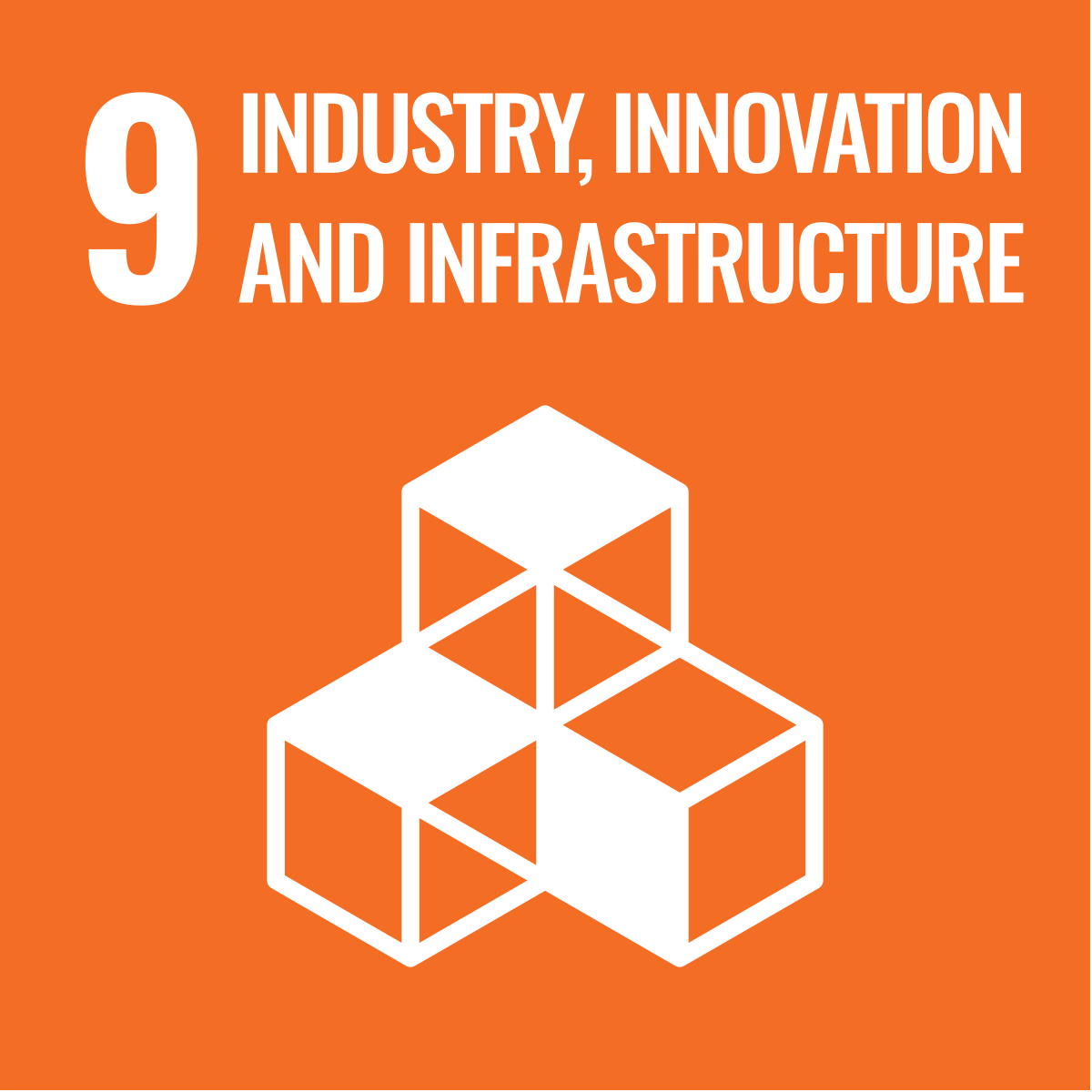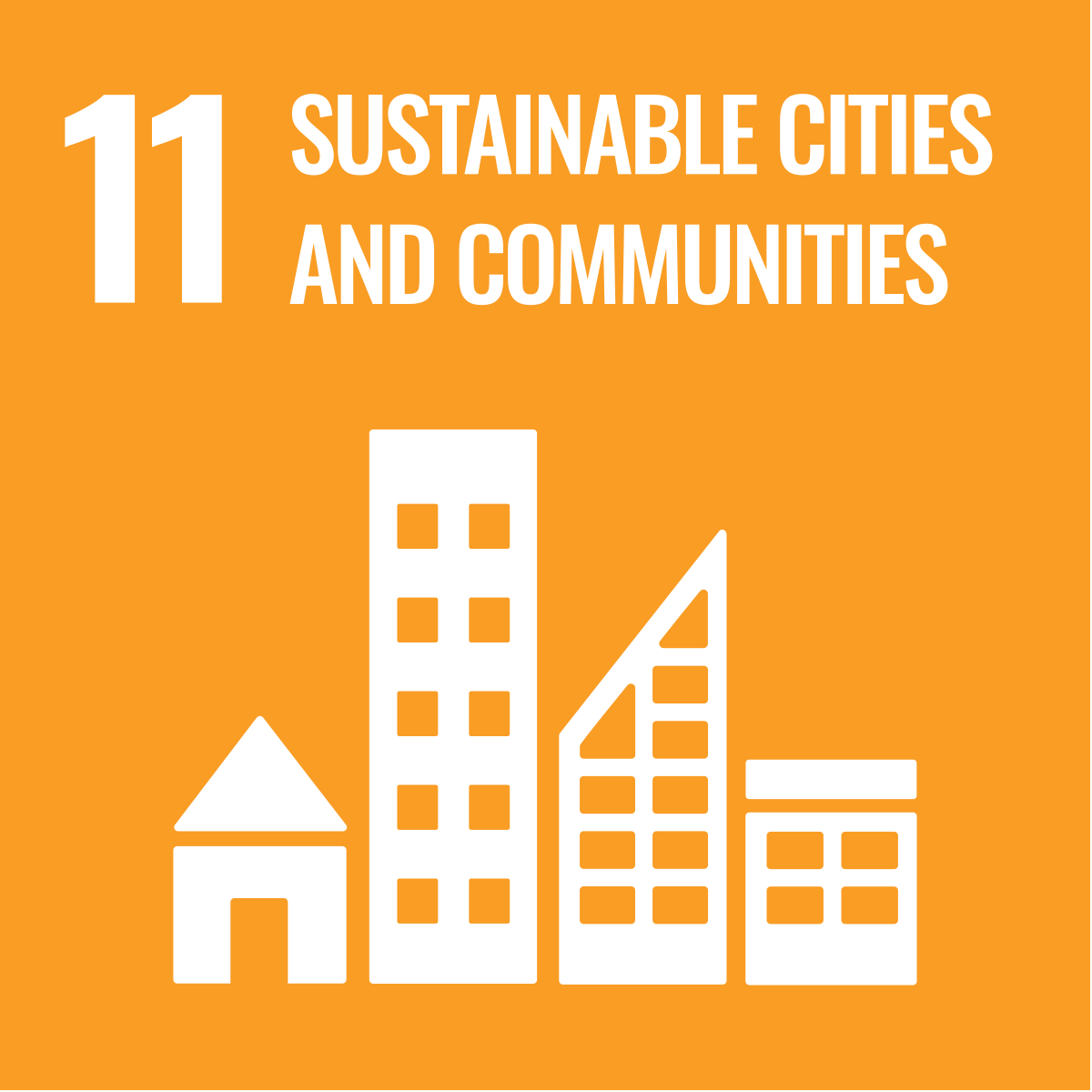The geometry of seismogenic faults and their rupture kinematics have implications for the potential size of earthquakes and the seismic hazard they pose (Scholz, 1972; Wells and Coppersmith, 1994; Wesnousky, 2006). Before the accessibility of high-resolution remote sensing, mapping and characterization of earthquake surface ruptures relied primarily on field mapping. However, field mapping efforts are limited by accessibility of the potential locaiton of surface ruptures. Hence, efforts of using high-resolution datasets and imagery are an important step in investigating the historical earthquake ruptures (Zielke et al., 2015).
On 17 March 1973, a magnitude (Ms) 7.0 earthquake struck Ragay Gulf (southeastern Luzon) and caused deaths and serious damage to infrastructure, with up to intensity VIII shaking around the rupture area (Morante, 1974). Horizontal displacements mapped ranged from 1.1 to 3.4 meters of left-lateral displacement. Only around 30 km of rupture was mappped by Morante (1974) in the town of Calauag, Quezon province, three months after the earthquake, 90 km away from the epicenter. More recent work by Tsutsumi et al. (2015) report anecdotes of ground fissuring to the southeast, closer to the epicenter in Ragay Gulf (Figure 1), which may be an indication of a much longer surface rupture. Reconciling anecdotal evidence decades after mapping from quick response efforts will be important to determine the rupture geometry of the fault to understand the actual length of the fault that has ruptured and released stress. With available Phil-Lidar data, it may be possible to retrace the extent of faulting given the high-resolution of the dataset (one-meter pixel spacing) and its ability to derive elevation in vegetated areas. Doing so will also allow us to evaluate the preservation potential of fault scarps in tropical settings like the Philippines, as the Lidar data was acquired 40 years after the surface rupture formed.
This research aims to assess the preservation of the active tectonics features along the fault surface rupture of the 1973 Ragay Gulf earthquake and explore the tectonic geomorphology of the Philippine Fault in the area, using Phil-Lidar data.
This research addresses the UN Sustainable Development Goals for Industry, Innovation, and Infrastructure (SDG 9), Sustainable Cities and Communities (SDG 11), and Life on Land (SDG 15).
Cover photo is from H. Tsutsumi, J. Perez, J. Marjes, K. Papiona, and N. Ramos, “Coseismic Displacement and Recurrence Interval of the 1973 Ragay Gulf Earthquake, Southern Luzon, Philippines,” J. Disaster Res., Vol.10 No.1, pp. 83-90, 2015.


![]()